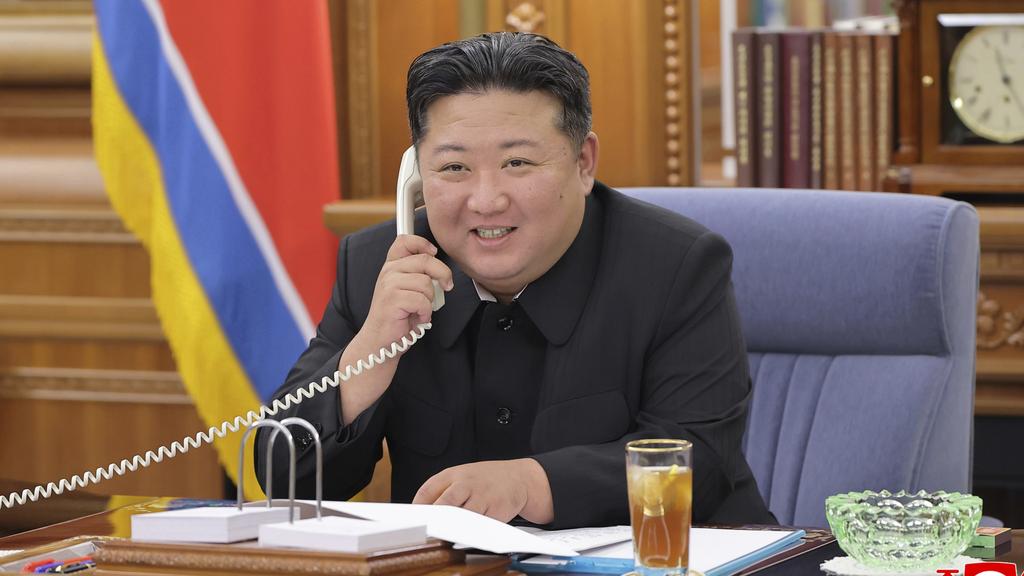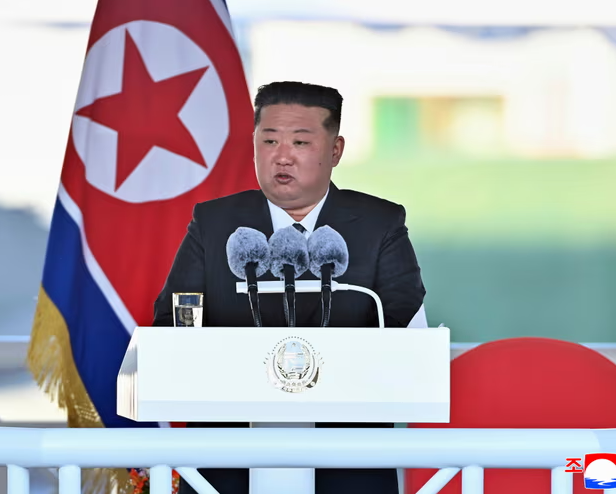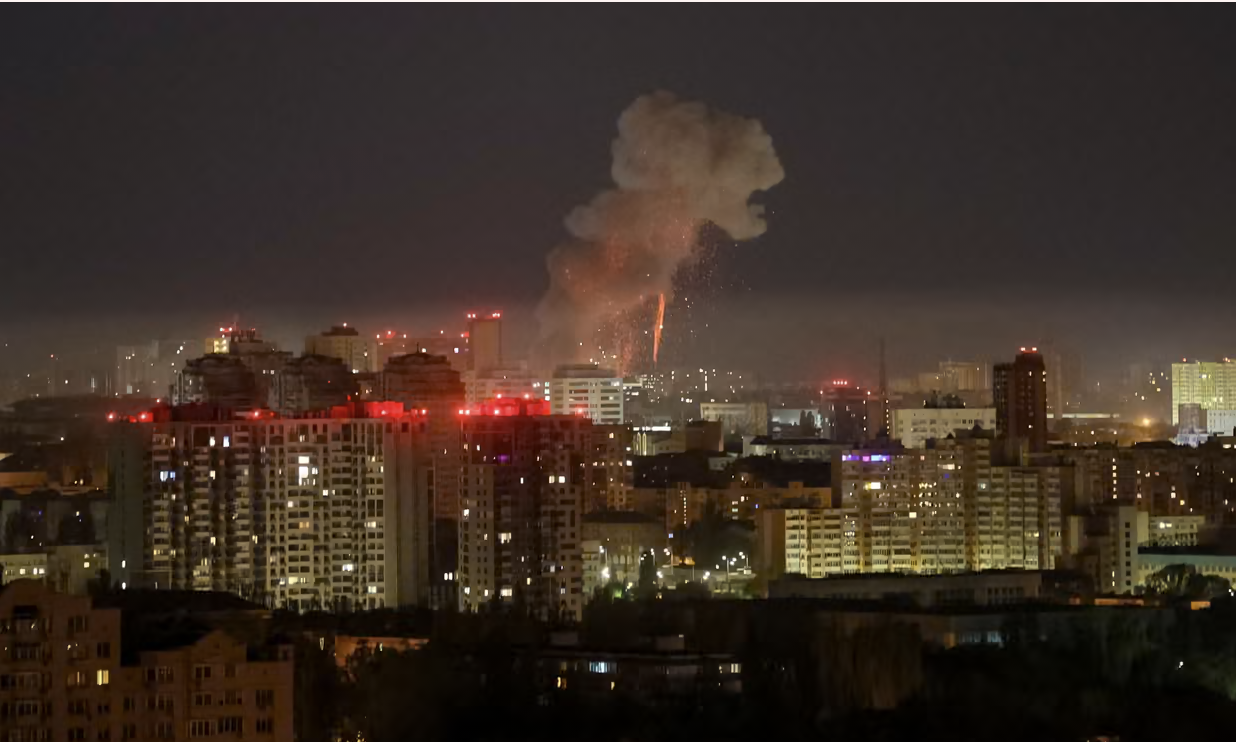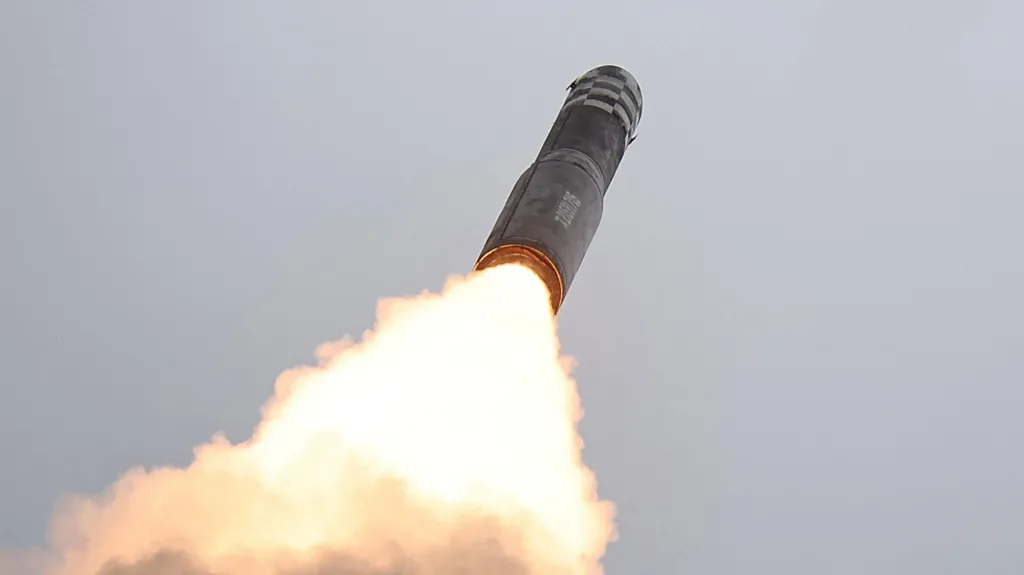
This article is more than
8 year oldNew Report Shows North Korea's Top Nuclear Targets
Manhattan, the White House and the Pentagon are among North Korea's top nuclear targets, according to a new report released Wednesday by the European Council on Foreign Relations. "Major American cities," Guam, Hawaii and U.S. military bases in the Pacific also are listed as primary targets in the report.
"North Korea lacks a clear distinction between the use of nuclear weapons against military targets and their use against civilian targets," the report states. In other words, Pyongyang seems to view both military and civilian targets fairly equally.
New: North Korea's nuclear targets, according to official sources https://t.co/2pqB86FGMm pic.twitter.com/4GRYHq4Ku0
— ECFR (@ecfr) November 22, 2017
North Korea has not released an official nuclear doctrine, so the Europe-based think tank reviewed material published by the country's state-run news outlets in the half decade since Kim Jong Un came to power in order to gain more insight on its nuclear ambitions. The comprehensive new report aims to "predict Pyongyang’s response to different scenarios, and to avoid war, the international community needs to understand how the regime sees its nuclear weapons, and when it would use them."
The researchers who compiled the report concluded Kim has made it clear he will not consider denuclearization and that his nuclear philosophy is driven by North Korea's technological inferiority. "Without certainty that its arsenal could survive a first strike by its enemies, Pyongyang’s deterrence relies on the threat of launching the first strike itself," the report states.
North Korea conducted its sixth and most powerful nuclear test in early September and has staged 15 missile tests over the course of the year—a record number. There are varying opinions as to how many nuclear weapons Kim's regime possesses, but Siegfried Hecker, a nuclear expert and professor at Stanford University, told Newsweek his "best estimate as of September 2017 is [North Korea has] sufficient fissile materials (plutonium and highly enriched uranium) for 25 to 30 nuclear weapons." Other assessments have placed the number as high as 60.

In July, North Korea tested an intercontinental ballistic missile (ICBM) potentially capable of reaching the U.S. mainland. But the larger question is whether it has developed the technology that would allow an ICBM armed with a nuclear warhead to successfully reach its target over such a long distance. The missile would need to travel in an arc into space before coming back down to Earth and Hecker, among other experts, is skeptical as to whether Pyongyang has acquired a weapon capable of surviving re-entry into the atmosphere. North Korea is likely a few years away from developing this technology, according to Hecker.
As North Korea has refused to step away from its nuclear program, President Donald Trump and Kim have been engaged in an ongoing war of words. In late September, Trump warned he would "totally destroy" North Korea if it forced the U.S. to defend itself or its allies. During a trip to Asia in early November, however, the president took a somewhat softer tone, offering Kim a path to peace if he agreed to stop long-range missile tests and give up on his nuclear ambitions. Pyongyang responded by stating nuclear weapons are vital to deterring "repressive U.S. imperialism."




